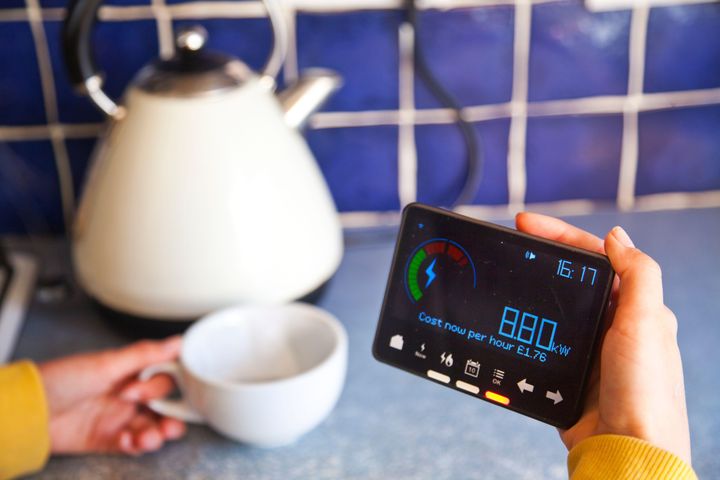
The typical energy-efficient home is now changing ownership for €445,000.
This is a €105,000 premium on the sales price of homes that are harder to heat – a jump of €17,000 in the past 18 months.
Non-efficient houses are commanding a median price of €340,000, data from the State’s Property Price Register shows.
Poorly insulated homes have a building energy rating (BER) of C to G.
Buyers are prepared to pay more for a home that has had work done to bring it up to a BER of A or B.
A and B-rated homes achieve their rating with high levels of insulation and reduced reliance on oil, gas and coal for heating.
Smart meters, solar panels and electric heat pumps are also features of those with the highest ratings.
While these can be expensive features to install retrospectively, analysis from the Sustainable Energy Association of Ireland (SEAI) puts the average cost of a deep retrofit well below €105,000.
The energy-based comparison figures, which were compiled from the register by data company Geowox, exclude new homes in order gain a more precise understanding of the energy-efficiency premium.
The findings mean that homeowners who go to the trouble and expense of having work done to improve their home’s heat retention, such as getting better windows put in and insulating walls, are adding thousands of euro to the value of their property.
Government grants are administered through the SEAI in a bid to encourage more people to improve the heat-retention of their homes.
Figures from the SEAI show that 280,000 homes have had energy upgrades carried out on them in the last decade, with grant aid totalling €1.2bn.
Evidence that energy efficiency has become a much-sought after feature of a second-hand property for sale comes as prices continue to rise overall.
Geowox’s head of data Marco Giardina said: “Median prices are steadily rising, while energy-efficient and new homes continue to command hefty premiums.”
Figures mined from the property price register show that the median, or typical, price paid for a home rose by 10pc to €360,000 in the first quarter of this year.
That is €32,000 more than was paid by the typical buyer a year previously, according the data.
New homes now cost €425,000 on average, up 3.7pc in the year.
A new home is typically selling for almost 27pc more than an existing home, the Geowox research shows
That is about €90,000 more than a second-hand one.
A total of 10,798 homes were sold in the first quarter of the year.
This is down 4.5pc compared with the same period last year.
Out of the top 25 urban centres, Dublin city was the most expensive at a median price of €552,000. Meanwhile, Longford was the most affordable at €138,000.
In Dublin, prices in Eircode D14 were highest at €750,000.
This includes the areas of Churchtown, Clonskeagh, most of Dundrum, Goatstown, lower Rathfarnham and Windy Arbour.
The lowest prices for a home were in Dublin 17, where €305,000 was the typical price.
This area includes Balgriffin, most of Coolock and Belcamp, Darndale, Priorswood and Riverside.
A total of 1,924 new homes were sold in the first three months of this year, a rise of 8.9pc from the same quarter last year.
New homes transacted at a median value of €425,000. This is a €90,000 premium over the median price for existing homes.
The rise in house prices is forcing many to ditch plans to buy a private home and instead apply for social housing.
#High #BER #adds #tovalue #secondhand #homes #Ireland







